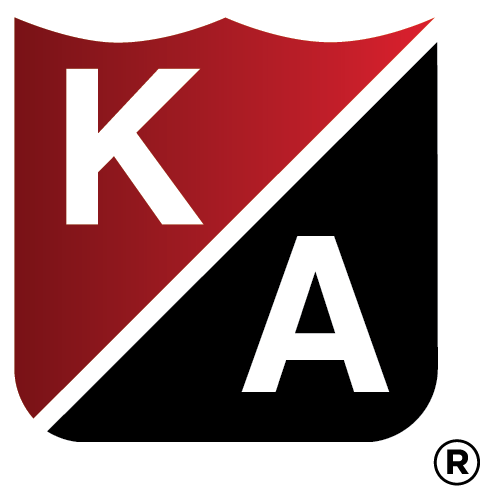For decades, businesses have required certificates of insurance (COI) from subcontractors, tenants, vendors, suppliers, and other third parties to confirm evidence of insurance. This is important to confirm that risk transfer can occur as expected in a written contract. Problems with certificates are often only uncovered after a claim occurs. In these cases, coverage that was expected to be in place with a third party does not exist or is inadequate, leaving the original business responsible for additional claim expenses. In a typical COI process, the business owner requests a certificate, reviews and confirms that the coverage is adequate, and then diaries for a review sometime prior to the expiration dates on the certificate.
READ MORE
Where do those processes typically break down?
- The certificate is never requested
- The certificate is requested, but not received and the business relationship begins regardless
- The certificate is received but not reviewed for compliance against contract or agreement
- One or more coverages on the certificate expires without requesting or receiving an update
- The insurance policy changes or is cancelled after the certificate is issued without notification
Why do these processes break down?
- Lack of consistency in the process
- Lack of knowledge around the information on the certificate
- Lack of proactive tracking and data capture
- No compliance or audit function
The good news is that technology has made the process of managing the risk of your third-party vendors and subcontractors much easier. At Kraus-Anderson Insurance we are excited to partner with Trustlayer to provide a more cost effective and efficient process that can improve vendor compliance, streamline workflows, reduce operating costs, and decrease vendor risk. Not only can the collection and tracking process be automated, many of the key data points from the certificates can also be electronically read and compared to compliance requirements, cutting down on employee time requirements.
Don’t get caught with an unforced error. Talk to us about ways to decrease your risks and increase productivity.



